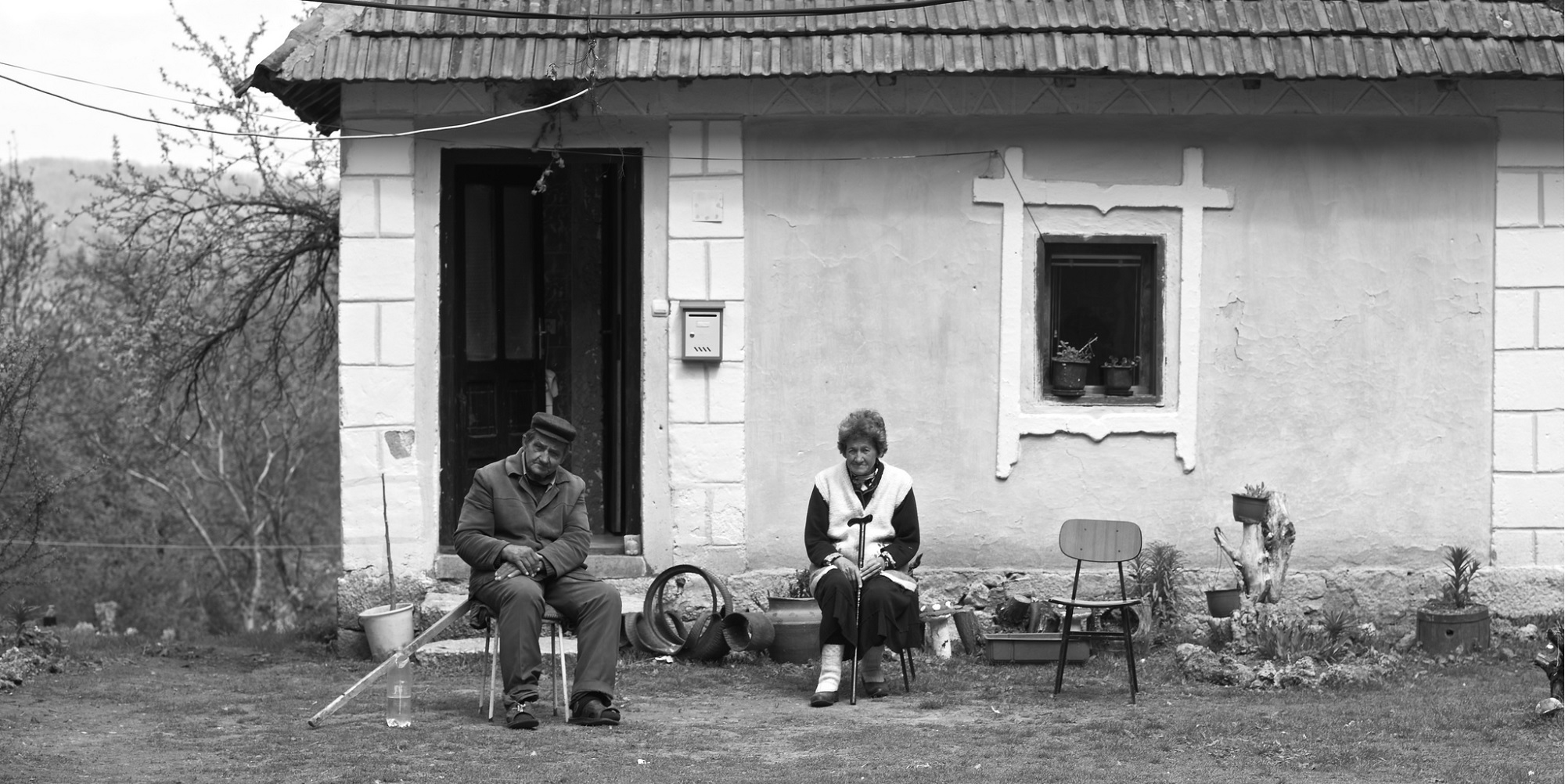
As people of working age are drawn to towns and cities across Serbia by the availability of work, family structures are shifting, and older people are left behind in rural areas, often isolated and forgotten.
Aware of the difficulties older people face in rural areas, we at the Red Cross of Serbia wanted to better understand the impact of this trend. Last year, in collaboration with the Commissioner for Protection of Equality and with support from the United Nations Population Fund in Belgrade, we undertook a research project across the country.
We explored older people’s quality of life in rural areas, the accessibility of services such as healthcare and public transport, and what their needs are.
Are rural older people in Serbia isolated?
We found that two-thirds of older people in rural areas have children who live far away from them, while 18% do not have children at all.
This means family support functions are disappearing, and these traditions are absolutely indispensable given how underdeveloped state safety nets are for older people in Serbia’s rural and remote areas.
It is no surprise that three-quarters of older people seek informal assistance from family and relatives. Now that family support is being eroded, and the public support has not filled the gap, older people’s situations in rural Serbia are deteriorating.
A third of the older people we surveyed consider themselves in need of regular assistance with their daily lives, and just 12% consider themselves fully capable of getting by day-to-day.
Health and access to healthcare
Four in ten of the older people we spoke to were ill and bedridden in 2016, while nine per cent have spent more than a month in bed. With so many people in poor health, being able to get care is vital.
Yet health services are accessed irregularly – 43% of people said they have needed to see a doctor but did not. Getting to the clinic is the greatest obstacle as nearly half (44%) of older people in rural areas have mobility difficulties, and securing transport is difficult.
Three-quarters of older people we spoke to have a chronic health condition. This is an alarming figure, especially when considering how rural areas, as well as older people in general, are a blind spot for the public health system. Public health insurance means universal healthcare, examinations and treatment is available to older people in theory, but those in rural areas are effectively excluded because the system does not recognise their needs in accessing care, especially when they have mobility difficulties.
The end result? Older people are contracting preventable diseases and struggling to manage the symptoms.
Is there a quality of life for older people in rural Serbia?
The impression the survey gives of the quality of life for older people in rural Serbia is grim. One in four say they live a “bad life” or a “very bad life”, while over half were indifferent – saying their lives were neither good nor bad.
Half of older people in rural areas take no part in community activities. While their health and financial means have an impact on social participation, some people feel they should take a step back from their communities as they age, effectively marginalising themselves.
Talking to the participants in the research, they feel like society considers them a burden – only useful while they can provide to their families, but essentially worthless otherwise. Some older people, bereft of opportunities to participate in meaningful community activities – of which there are few in rural areas to start with, choose to isolate themselves under the pressure of this stigma, which in turn may lead to depression.
How can we reinvigorate Serbia’s most remote regions?
Our research provides insight into the challenges older people, their families and communities face in rural areas. They spell a life of hardship for those left behind in villages with shrinking populations and withering state support systems.
As numbers dwindle, public and private support initiatives become prohibitively expensive to run, and their absence impacts both physical and mental health.
Innovation is needed to identify solutions that combine existing resources with new technologies. This can help connect remote parts of Serbia with the wider country and the rest of the world. This could mean mobile support teams that reach out directly to older people, or encouraging greater sharing across communities.
We must take action as soon as we can, and the responsibility to ensure the dignity and health of older people in rural areas must be shared across society – through the collaborative expertise of the public, private and civic sectors.
Find out more about HelpAge International’s work in Serbia.
